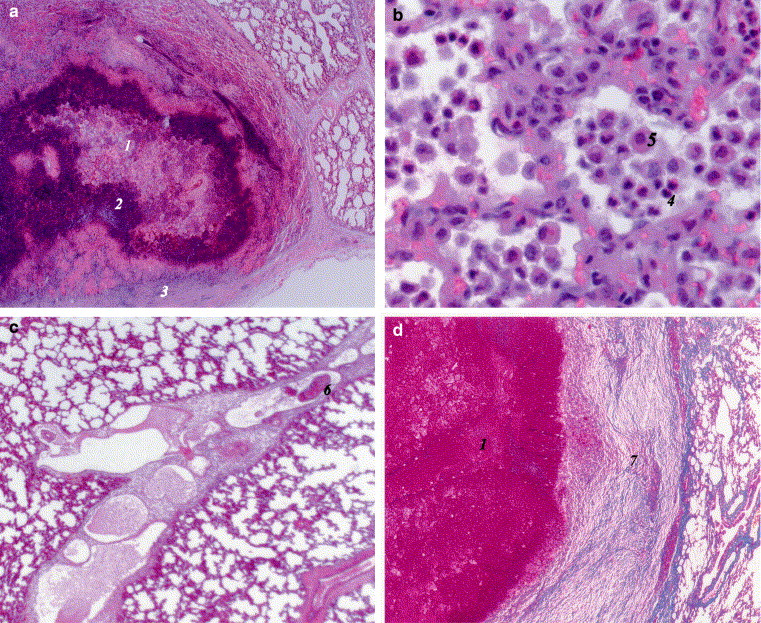Pasteurellosis is a zoonotic infection primarily caused by Pasteurella multocida, a Gram-negative, facultatively anaerobic coccobacillus. This bacterium is part of the normal flora in the upper respiratory tract and oral cavity of many domestic and wild animals. The infection can affect both humans and animals, presenting in a variety of forms ranging from mild localized soft tissue infections to severe systemic diseases including pneumonia, septicemia, and meningitis.
Understanding the clinical implications, transmission routes, and proper treatment protocols for pasteurellosis is essential for healthcare professionals, veterinarians, and individuals who work closely with animals.

Etiological Agents and Bacterial Characteristics
The genus Pasteurella includes multiple species, with P. multocida and P. haemolytica (reclassified as Mannheimia haemolytica) being the most clinically relevant. These bacteria are non-motile, oxidase-positive, catalase-positive, and exhibit bipolar staining. They exhibit high pathogenic potential, especially when introduced into wounds or the lower respiratory tract.
Transmission and Zoonotic Potential
Pasteurellosis is primarily transmitted through:
- Animal bites and scratches (particularly from cats and dogs)
- Contact with animal secretions on broken skin
- Inhalation of infected aerosols from respiratory tract secretions (common in agricultural settings)
- Consumption of contaminated food or water (rare)
People at increased risk include veterinarians, farmers, animal handlers, children, the elderly, and immunocompromised individuals.
Clinical Manifestations in Humans
Localized Infections
- Cellulitis and abscesses following animal bites or scratches are the most common presentations.
- Symptoms appear rapidly, typically within 24 hours.
- Erythema, swelling, tenderness, and purulent discharge are characteristic.
Respiratory Pasteurellosis
- Seen in patients with underlying lung disease (COPD, asthma).
- Presents as pneumonia, bronchitis, or empyema.
- Common among individuals in close contact with livestock or poultry.
Systemic Involvement
- Septicemia, endocarditis, meningitis, and osteomyelitis may occur in immunocompromised individuals.
- These complications carry significant morbidity and require aggressive treatment.
Clinical Manifestations in Animals
Pasteurellosis affects a wide range of animals including:
- Cattle and sheep: Causes shipping fever (bovine respiratory disease complex), characterized by fever, cough, nasal discharge, and death if untreated.
- Rabbits: Leads to “snuffles,” a chronic respiratory illness.
- Poultry: Responsible for fowl cholera, which results in sudden death, swollen wattles, and diarrhea.
- Swine: Can cause atrophic rhinitis and pneumonia.
Diagnosis of Pasteurellosis
Diagnosis is confirmed through clinical history, physical examination, and laboratory testing.
Microbiological Tests:
- Wound cultures for localized infections.
- Blood cultures in systemic cases.
- Sputum or bronchoalveolar lavage samples for respiratory involvement.
Laboratory Identification:
- Growth on blood or chocolate agar within 24–48 hours.
- Identification via biochemical assays or MALDI-TOF MS.
- Sensitivity testing to guide antibiotic therapy.
Imaging:
- X-ray and CT scans may be used in cases of pneumonia or osteomyelitis.
- Echocardiography if endocarditis is suspected.
Treatment Strategies
Prompt antibiotic therapy is essential. P. multocida is usually sensitive to beta-lactams, but resistance patterns vary.
First-Line Antibiotics:
| Condition | Antibiotic | Route | Duration |
|---|---|---|---|
| Soft tissue infection | Amoxicillin-clavulanate | Oral | 7–10 days |
| Respiratory disease | Ceftriaxone or Ampicillin-Sulbactam | IV | 10–14 days |
| Severe systemic infection | Penicillin G, plus supportive care | IV | 14–21 days |
| Bite wound prophylaxis | Doxycycline or TMP-SMX (if allergic to penicillin) | Oral | 3–5 days |
Surgical Management:
- Incision and drainage for abscesses.
- Debridement in chronic wound infections.
- Joint aspiration or surgery for septic arthritis or osteomyelitis.
Prevention of Pasteurellosis
In Humans:
- Prompt wound cleansing after animal bites or scratches.
- Avoidance of risky animal behavior, especially around pets.
- Use of protective equipment in animal-handling environments.
- Prophylactic antibiotics for high-risk bites, especially from cats.
In Animals:
- Vaccination programs in livestock and poultry.
- Improved hygiene and stress reduction in transport and housing.
- Early treatment of respiratory illness in herds to prevent outbreaks.
Public Health and Occupational Safety Considerations
Pasteurellosis represents a significant occupational hazard in veterinary and agricultural fields. Education on zoonotic disease risks, training in proper wound care, and the implementation of biosecurity protocols are crucial for reducing incidence.
Regulatory guidelines recommend reporting clusters of respiratory illness in livestock to prevent large-scale outbreaks of pasteurellosis-related diseases.
Pasteurellosis is a versatile and potentially severe zoonotic infection affecting both humans and animals. With its broad spectrum of manifestations and ease of transmission, awareness and early intervention are critical. Prevention through education, vaccination, and biosecurity remains the cornerstone of effective disease control. Clinical vigilance, accurate diagnosis, and timely treatment with appropriate antibiotics ensure optimal outcomes in affected patients.